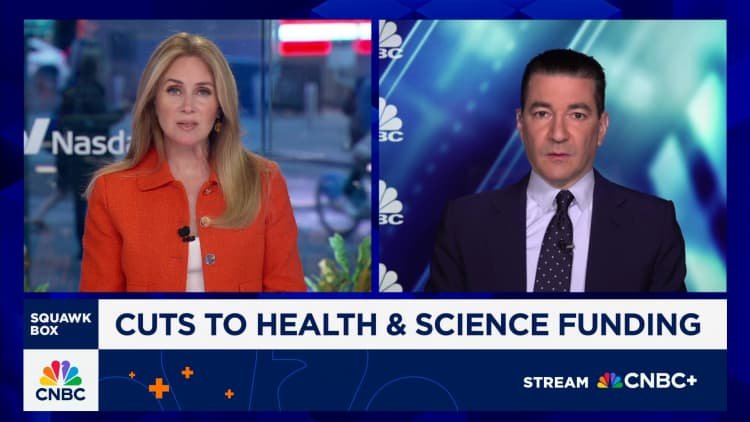Tax Cuts and Healthcare Subsidy Changes: Understanding the Impact
In a significant legislative move, Republicans enacted a tax reduction plan totaling approximately $4 trillion, dubbed the "big beautiful bill," which was signed into law by President Donald Trump. This bill extends a variety of tax provisions that were scheduled to end shortly, yet there was a noteworthy exclusion concerning enhanced premium tax credits.
The Role of Enhanced Premium Tax Credits
Since their introduction, enhanced premium tax credits have considerably reduced health insurance costs for individuals purchasing plans through the Affordable Care Act (ACA) marketplace. These credits, which can be utilized either for immediate premium reductions or claimed at tax time, are set to expire after 2025. As per data from KFF, a nonpartisan health policy research organization, over 22 million individuals—representing roughly 92% of those enrolled in the ACA—received federal subsidies in the current year.
Without the continuation of these subsidies, substantial premium increases are anticipated as of January 1, according to Cynthia Cox, KFF’s director of the ACA program.
Projected Premium Increases and Their Implications
The cost burden for average marketplace enrollees may become severe, with projections suggesting that premiums could soar by 75% by 2026 if the enhanced credits are not renewed. In an analysis from the Center on Budget and Policy Priorities, the average savings for marketplace enrollees in 2024 is estimated at $705, reflecting a 44% decrease in premium costs due to these enhanced credits.
Moreover, the Congressional Budget Office foresees that approximately 4.2 million Americans might lose their insurance coverage within a decade if the enhanced subsidies are allowed to lapse. This potential increase in the uninsured population adds to the nearly 12 million expected to lose coverage due to a $1 trillion cut in health program funding, including Medicaid and ACA provisions, implemented to finance the legislation.
How Enhanced Premium Tax Credits Drove Down Costs
The origins of premium tax credits date back to the ACA, initially designed for individuals earning between 100% and 400% of the federal poverty level. The enhancements were introduced when President Joe Biden approved the American Rescue Plan in 2021, temporarily augmenting the premium tax credits and broadening eligibility to households with annual incomes exceeding 400% of the federal poverty limit, which is projected to be $103,280 for a family of three in 2025.
This legislative shift, coupled with a cap on out-of-pocket premiums at 8.5% of income for specific plans, was subsequently extended through 2025 via the Inflation Reduction Act, signed by Biden in 2022.
Who Would Be Most Affected by Subsidy Reductions?
The enhanced tax credits have played a crucial role in making health insurance more affordable, leading to a substantial rise in the insured population. Data from The Peterson Center on Healthcare and KFF indicates that ACA enrollment has surged to nearly 24 million individuals in 2025, an increase from about 11 million in 2020.
The termination of these enhanced subsidies is expected to impact all beneficiaries of the premium tax credits, with particular repercussions for certain demographic groups. According to health experts, these enhancements have been particularly vital in promoting enrollment among Black and Latino populations, as well as among lower-income families, self-employed individuals, and small business owners.
Conclusion
The recent tax legislation and the potential expiration of enhanced premium tax credits could reshape the landscape of health insurance in America. As these changes loom, the financial implications for millions of Americans remain a pressing concern.
